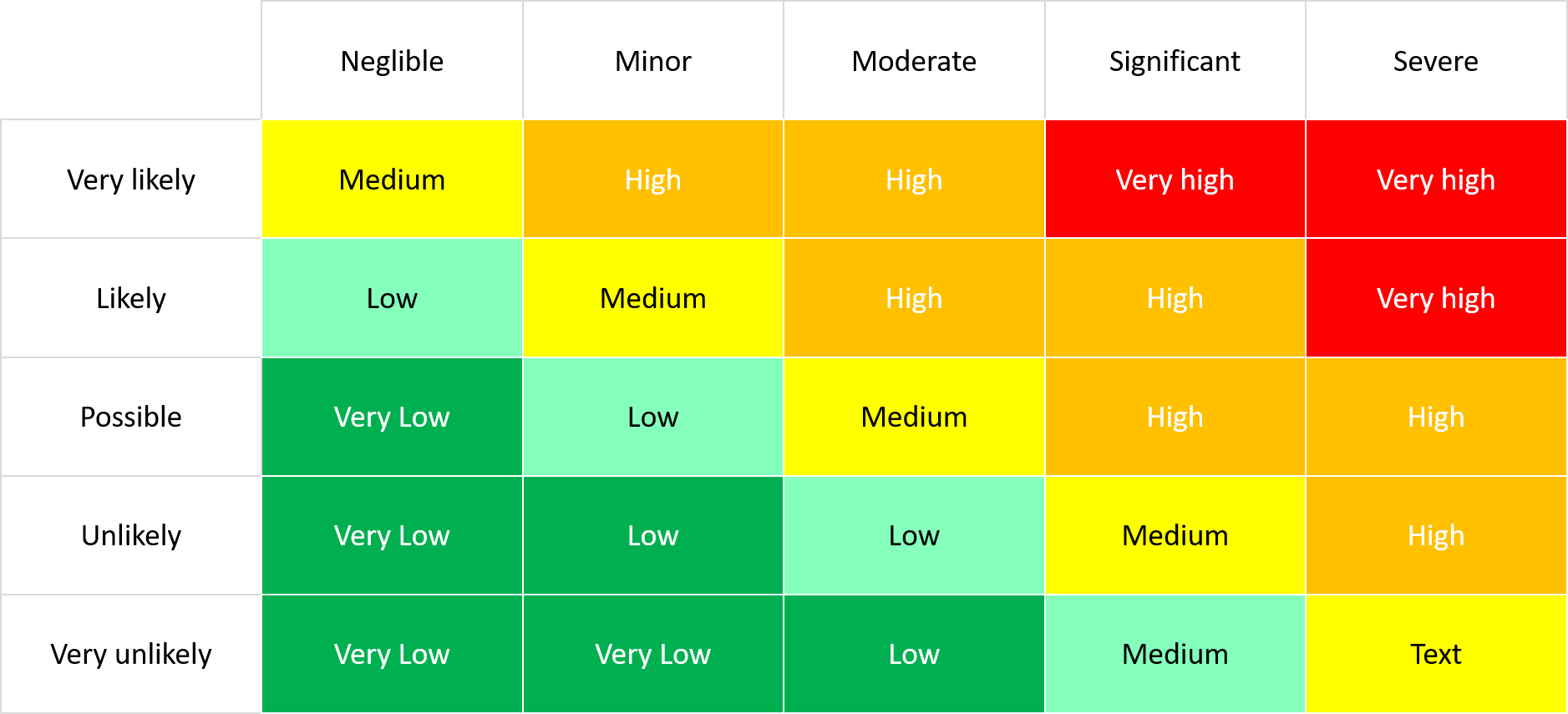Environmental Risk Assessment
What is an environmental risk assessment?
An environmental risk assessment (ERA) permits you to assess the likelihood of your company causing environmental damage. This includes describing potential hazards and their consequences before taking precautions to mitigate the risks.
How do we carry out an environmental risk assessment?
An ERA consists of five key steps. We shall first;
- Identify any hazards, i.e. potential sources of harm;
- Describe the harm they may cause in both the short-term and long term;
- Evaluate the risk of occurrence and determine safety measures;
- Record the results of the evaluation and implement precautions; and
- Review the assessment on a regular basis.
Fundamental questions
Four fundamental questions are addressed during the environmental risk assessment. They include but not limited to:
- What is happening in the environment?
- Why is it happening?
- Why is it significant?
- What are we doing about it?
What we look for during the ERA
Our reports use the most relevant risk assessment methods that are based on potential risks to human health. Besides, we consider all or any of the following environmental hazards in your project, considering the minimum statutory requirements to maintain in some of these areas.
- storage and disposal of waste, e.g. making sure that suitable containers are used and are located away from drains and watercourses
- emissions, e.g. dust, gases and other substances to the air
- hazardous material use, storage, and disposal
- drainage and disposal of liquid waste
- environmental impact of raw materials, e.g. potentially toxic metals or other harmful materials, and
- packaging environmental impact
An ERA is a decision-support tool for policy evaluation, land use planning, and resource management. It is developed in three main stages.
- Preparation, which includes gathering and analyzing relevant background information and determining the focus of the assessment;
- Conducting the site assessment; and
- Interpreting, reporting, and applying the findings of the assessment.
